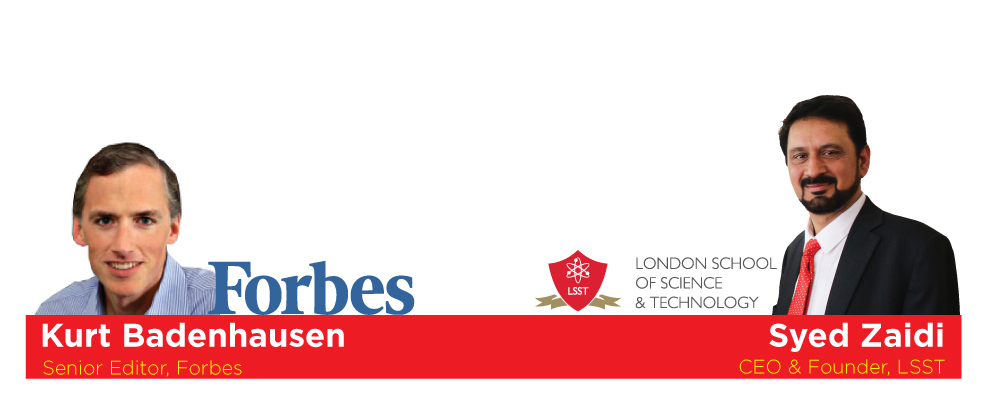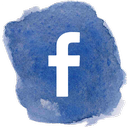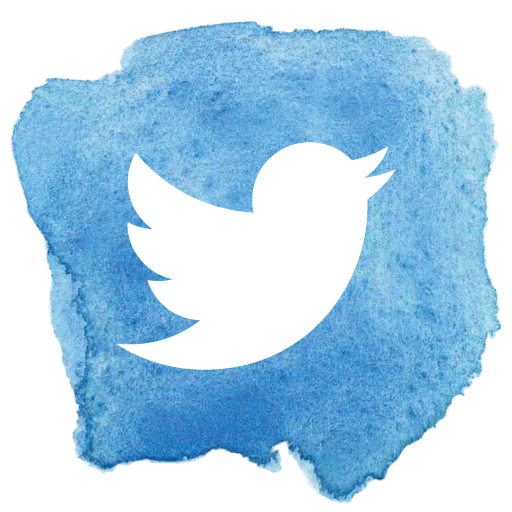Forbes Senior Editor discusses Brand Value with LSST’s CEO
By Kunal Chan Mehta | Article Date: 20 July 2017

With its widened editorial lens and iconic rank in the lexicon of global business, Forbes is not just a bespoke business platform, but a global media brand bursting with innovation. LSST discovers that forbes.com alone attracts 50 million unique visitors each month and is one of the most reputable and respected business channels of all time.
Interview date: 20 July 2017
Photo Source: Forbes, used with permission
LSST’s CEO and Founder, Mr Syed Zaidi, discusses brand value with Forbes’ globally respected Senior Editor, Kurt Badenhausen. Mr Zaidi focuses heavily on Forbes’ Brand Valuation List and asks Kurt about the complexities surrounding brand positioning and value in an era of technology-brand dominance:
1. What do you do for Forbes?
I started at Forbes in 1998. I am a Senior Editor and focused mainly on the business of sports covering the money component of athletes, teams, leagues and companies. I also head up several non-sports projects for Forbes including The World’s Most Valuable Brands, America’s Best Banks, Best States for Business and Forbes biennial ranking of the Best Business Schools.
2. Is brand value the ultimate currency craved by companies?
Brand value is the ultimate currency for consumer product companies because it spurs demand and provides pricing power, which trickles down to the bottom line through profits. Take Apple and the iPhone, which sold 78 million units in the fourth quarter of 2016. The average selling price was $695. Pricing for chief competitor Samsung was more than $500 less. The result: Apple earned 92% of the profits in the smartphone category. Brands drive many tech purchases, but luxury goods companies are probably the best example of where brand truly drives purchasing decisions.
3. Tell me about Forbes’ Valuable Brands List and how it can help our students?
Forbes’ Most Valuable Brands list provides a benchmark for what brands are currently worth the most. But I think the real value lies in the trend of the numbers. Who’s up? Who’s down? And why? This is where you can dig in and see the steady decline in a brand like IBM versus a brand like Facebook, which continues on a straight-up trajectory.
4. What methodology was used to compile the list?
We started with a universe of more than 200 global brands. We required brands to have more than a token presence in the U.S., which eliminated some big brands like multinational telecom firm Vodafone and Chinese e-commerce giant Alibaba. Our first step in valuing the brands was to determine revenue and earnings before interest and taxes for each brand. We gathered these from company reports, Wall Street research and industry experts. Forbes averaged earnings before interest and taxes (EBIT) over the past three years and subtracted from earnings a charge of 8% of the brand’s capital employed, figuring a generic brand should be able to earn at least 8% on this capital.
Forbes applied the maximum corporate tax rate in the parent company’s home country to that net earnings figure. Next, we allocated a percentage of those earnings to the brand based on the role brands play in each industry. Brands are crucial when it comes to beverages and luxury goods, but less so with airlines and oil, when price and convenience are more important. To this net brand earnings number, we applied the average price-to-earnings multiple over the past three years to arrive at the final brand value. For privately held outfits we applied an earnings multiple for a comparable public company.
5. Apple is set to be the first company to have a market capitalisation of $1 trillion. Any idea of when this may happen?
I’d be in a different line of work if I could tell you when Apple’s market value was going to hit $1 trillion. Eighteen years ago, everyone thought Cisco Systems was headed towards a $1 trillion valuation. Today it sits at $157 billion. A lot can change on Wall Street quickly. But with a valuation approaching $800 billion, it seems like Apple could hit a 13-figure valuation within three years barring a major correction of the market. And if not Apple, someone else will eventually get there with Google and Amazon the two most likely candidates if Apple doesn’t get there first.
6. Why does Forbes value YouTube separately from Google?
YouTube is truly its own brand within Google. I’d argue most consumers don’t even realise that YouTube is owned by Google. We value a lot of individual brands within larger companies like Gillette (part of Procter & Gamble), ESPN (Walt Disney) and Instagram (Facebook) which fell outside the top 100.
7. Why was Amazon one of the biggest gainers at 54%?
Amazon was the biggest gainer this year. The e-commerce giant’s number of Prime members in the U.S. has doubled over the past two years to 80 million and is trending to surpass the number of households with cable TV. Amazon is America’s go-to spot for all shopping needs.
8. IBM had the biggest drop for the second straight year. Why?
Big Blue’s brand declined 20% to $33.3 billion and No. 13 overall after ranking fifth as recently as 2015. The company has moved away from hardware and software to focus on its cloud computing division and it has been a difficult transition. The result: 20 straight quarters of sales declines.
Note from the Deputy CEO:
I would like to personally thank our students who inspired our CEO and senior management team to venture and search for excellence in global editorial leadership.
I send Kurt and his team my gratitude for taking the time out for speaking with LSST and acknowledging our proud partnerships with London Metropolitan University and the University of West London.
Forbes truly maintains a unique voice in its coverage of global business stories and I urge all LSST students and staff to read Forbes if they want rigorous, to–the–point business analysis, published for those who do not wish to read masses of business facts but need to know what to make of them.
Lastly, I wish to thank Ali Jafar, LSST’s Director of Admissions and Marketing and Kunal Chan Mehta, LSST’s Marketing and PR consultant, for setting up this bespoke interview.
Mr Mohammed Zaidi, Deputy CEO, LSST
Note from the Programme Leader of Business Courses
I am truly proud and grateful for Mr Zaidi’s interview with Forbes. I envisage an increase in sound research and referencing from our students across our London, Luton and Birmingham LSST campuses. I will personally inform my staff to engage with Forbes – further than they already do – to instil a mode of contemporary debate and to further fine focus on research facts in terms of brand valuation.
I have full confidence that Mr Zaidi’s interview will leave a lasting legacy on our students and the entire academic team are grateful for this exclusive insight into brand value with Forbes.
Mr Mohammad Haider, Programme Leader of Business Courses
Please email the article author kunal.mehta@lsst.ac for any questions or comments on this article.
Read all of Kurt’s stories here: http://blogs.forbes.com/kurtbadenhausen/
Visit the Forbes’ website: https://www.forbes.com/
Follow Forbes: https://twitter.com/forbes
Visit Forbes’ Powerful Brand List: https://www.forbes.com/powerful-brands/list/#tab:rank




